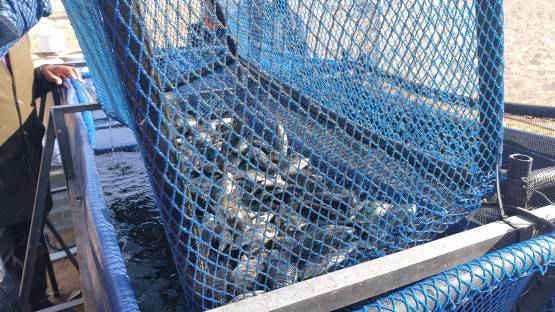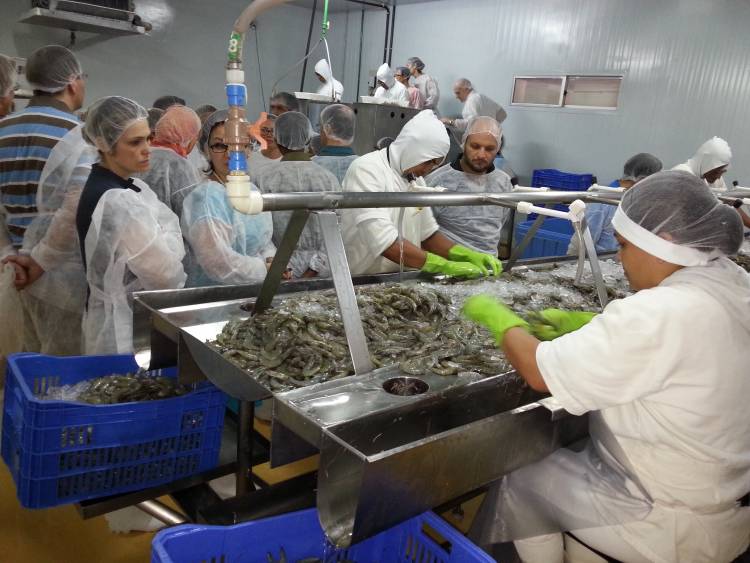A recently completed IAEA Coordinated Research Project (CRP) has resulted in the establishment of 37 new laboratory analytical methods used to ensure the safety of aquaculture products and protect consumers. Worldwide, aquaculture (fish and seafood farming) is a fast-growing means of intensive and inexpensive production of protein-rich foods: In 2019, 85.3 million tonnes of fish were produced in aquaculture, accounting for almost half of the global fish production.
Chemical inputs such as veterinary pharmaceuticals and related substances are required to control aquaculture-related diseases and improve yields. However, residues of such inputs, plus unintended natural toxins in aquaculture products and feeds, and contaminants at production sites, or effluents, pose public and environmental health risks.
Robust national regulatory frameworks are needed, underpinned by sound laboratories, to safeguard consumers, improve aquaculture production, and enhance international trade in aquaculture products. Research was therefore needed on analytical methods to strengthen laboratory performance. Nuclear and isotopic techniques play an important role in this regard. Research was also required to better understand the contamination of aquaculture production sites, with potential public and environmental health implications.
CRP Objectives
The overall objective of the CRP was to contribute to enhancing national control programmes for residues of veterinary pharmaceuticals and related chemicals in aquaculture products and inputs as well as aquaculture production sites.
Its specific objectives were to:
- Improve laboratory capabilities to collect reliable data on the safety of aquaculture products and aquaculture itself
- Assess the cost-effectiveness of new sample preparation techniques and optimum use of radio-analytical tools to ensure aquaculture product and environmental safety
- Assess ways to strengthen laboratory quality assurance and control to ensure food and environmental safety
- Enhance the understanding of potential effects of aquaculture inputs and contamination/pollution on aquaculture production systems
Impact and Relevance
The CRP resulted in the establishment of 37 nuclear, isotopic and complementary analytical methods. Supporting countries in their efforts to protect consumers of aquaculture products and facilitate trade, many of these novel methods are relatively quick to apply and suitable for a broad spectrum of veterinary drug residues and contaminants, such as mycotoxins. The methods are useful for routine laboratory testing of locally produced, imported and export foodstuff and generate new information on a wide range of hazards in aquaculture production to facilitate science-based management decisions.
Under the CRP, 23 papers or scientific reports, including five conference proceedings, were published. The project also contributed to ISO 17025 accreditation of three of the participating institutions. In terms of capacity building, it supported 17 PhD, MSc and Post-doctoral fellows, and 216 scientists/students were trained through IAEA technical cooperation projects.
Fifteen research contract and agreement holders from Argentina, Belgium, Brazil, Cameroon, Canada, China, Ecuador, Lebanon, the Netherlands, Nigeria, South Africa, Singapore, Türkiye, Uganda and the United States of America participated in this CRP.






